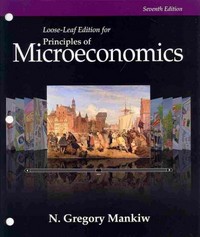Answered step by step
Verified Expert Solution
Question
1 Approved Answer
We assume C1 1 u(Ct,Lt)= t ln(1Lt) with > 0 and > 0. The household can choose values of labour input between 0 and 1.
We assume C1 1 u(Ct,Lt)= t ln(1Lt) with > 0 and > 0. The household can choose values of labour input between 0 and 1. In this model, we can interpret the labour input as the fraction of the household's time that she spends at work. Therefore, 1 Lt is the fraction of her time that she spends on "leisure" (i.e., anything else besides work). 1. How does utility depend on leisure? What role does the parameter play? 2. Write down the Bellman equation of the consumer's dynamic programming problem. Hint: You can apply our result from the lecture: apart from the utility function, nothing has changed. 3. Write down the first-order conditions for the optimal choices of consumption Ct and labour Lt. 4. Combine the two first-order condition to get a relationship between labour Lt, wages wt and consumption Ct. 5. All else equal, how does labour supply react to an increase in wages? How does labour supply react to an increase in consumption
Step by Step Solution
There are 3 Steps involved in it
Step: 1

Get Instant Access to Expert-Tailored Solutions
See step-by-step solutions with expert insights and AI powered tools for academic success
Step: 2

Step: 3

Ace Your Homework with AI
Get the answers you need in no time with our AI-driven, step-by-step assistance
Get Started


